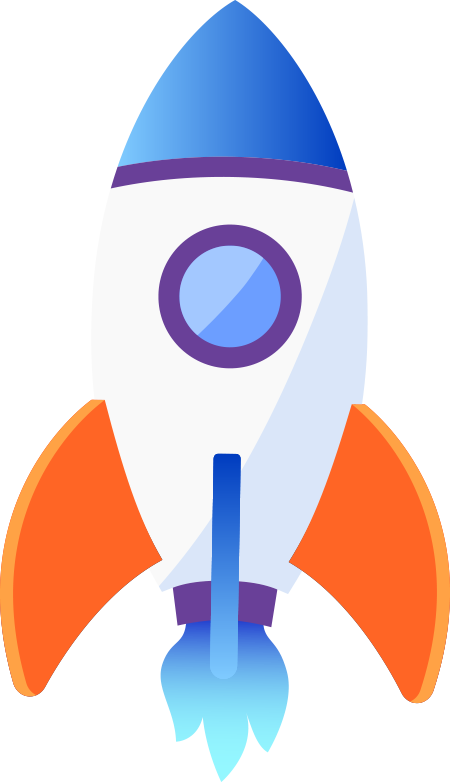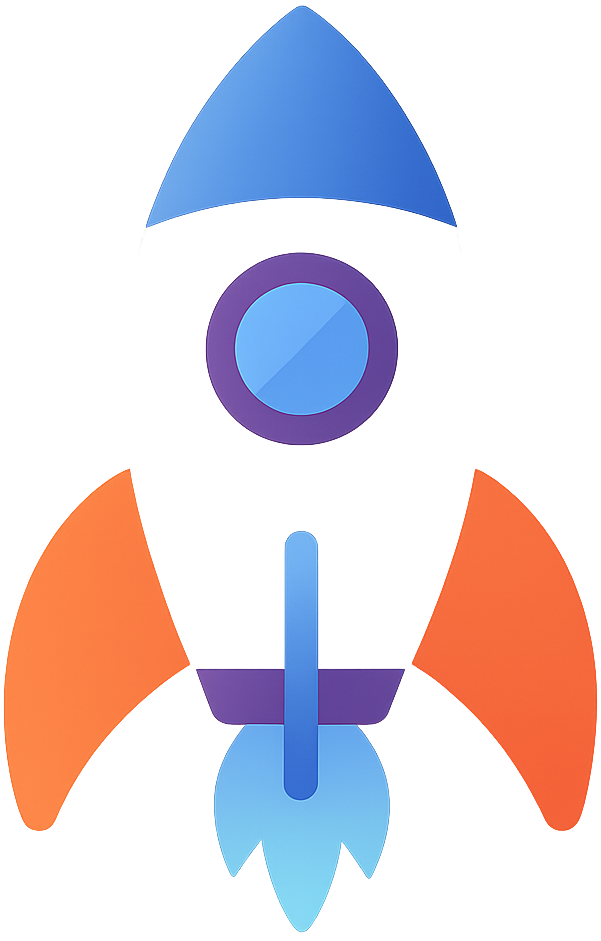
Why AI-First Sales Organizations Are Becoming the New Standard
Across the global B2B landscape, a new kind of sales organization is emerging — one designed from the ground up to operate with AI as its primary engine, not as an accessory. These “AI-first” sales organizations integrate autonomous systems at every stage of the revenue cycle, from booking to qualification to live transfer, closing, payment collection, and post-purchase onboarding. Executives exploring this shift often begin by reviewing foundational insights inside the AI Sales Strategy & Leadership category, which outlines the core building blocks of AI-centered organizational design.
This architectural shift is not a theoretical trend. According to Gartner’s 2025 Sales Systems Outlook, AI-first organizations grow pipelines 2.1× faster and reduce operational costs by 45% compared to traditional sales teams. They outperform because AI delivers flawless consistency, infinite scalability, and real-time adaptability — capabilities that even the highest-performing human teams cannot maintain over extended periods. Leaders wanting to understand how these unified AI teams work can explore how AI sales teams streamline modern pipelines.
This article presents a complete strategic roadmap for building AI-first sales organizations, integrating insights from leadership transformation frameworks, organizational redesign models, and real-world performance data. It builds on ideas discussed in our sibling article The AI-Driven Sales Strategy Playbook, which explores strategic foundations that pair perfectly with the roadmap presented here.
And to align your understanding with broader macro trends, you can also consult our cross-category analysis piece, AI Sales Automation & Buyer Behavior.
What Defines an AI-First Sales Organization?
An AI-first sales organization is structured so that AI systems — not humans — serve as the primary executors of the revenue process. Humans provide strategic oversight, exception handling, and high-level optimization, while AI agents handle operational execution across each stage.
AI-first organizations are built around five core characteristics:
- Autonomous execution of booking, qualifying, transfer, closing, and payment workflows.
- Unified pipeline orchestration with consistent handoffs between AI agents.
- Data-driven decision loops that improve performance continuously.
- Role realignment where human leaders operate as strategists, not process executors.
- Scalable infrastructure that can double output without adding headcount.
To maintain pipeline predictability, many organizations begin with a reliable appointment-setting foundation, often powered by systems like Bookora for outbound and inbound scheduling automation.
Why AI-First Organizations Outperform Traditional Sales Teams
Three factors explain the performance gap:
- AI never stops or fatigues — meaning every lead receives persistent, consistent outreach.
- AI handles concurrency at scale — thousands of conversations simultaneously with full attention.
- AI eliminates human error — no forgetting tasks, misrouting leads, or deviating from workflows.
The greatest advantage comes in closing, where AI-powered systems like Closora-style closing frameworks collect payment before moving prospects to the next step — transforming sales cycle reliability.
The Strategic Roadmap for Building an AI-First Sales Organization
High-performing AI-first organizations follow a six-phase roadmap that has emerged from studies by McKinsey, BCG, and MIT Sloan:
- Phase 1 — Vision & Executive Alignment
- Phase 2 — Pipeline Redesign for AI Execution
- Phase 3 — Autonomous Agent Deployment
- Phase 4 — System Integration & Data Layer Alignment
- Phase 5 — Performance Governance
- Phase 6 — Scaling & Continuous Optimization
Phase 1 — Vision & Executive Alignment
Executives begin by defining the AI-first operating vision. According to Deloitte’s 2025 AI Leadership Playbook, the most successful organizations start by clarifying:
- the role of AI across the entire revenue engine
- the expected shift from human-led to AI-led execution
- the KPIs that matter for autonomous outcomes
- the governance model ensuring compliance and accuracy
This stage sets the tone for organizational transformation and ensures strategic unity across teams.
Phase 2 — Pipeline Redesign for AI Execution
Sales pipelines built for human reps do not translate cleanly to AI systems. Leaders must redesign the pipeline for clarity, structure, and machine efficiency. Forrester reports that companies rebuilding their funnels for AI experience 35% higher qualification accuracy and 3× faster handoff times.
Pipeline redesign includes:
- defining buying intent signals
- standardizing objection-handling pathways
- re-mapping lead scoring to deterministic logic
- documenting conversational decision trees
- creating rules for automated escalation
Leaders wanting to refine how intent signals shape pipeline structure can review our cross-category analysis article AI Sales Automation & Buyer Behavior.
Phase 3 — Autonomous Agent Deployment
Once the pipeline is redesigned, autonomous agents can be deployed to manage workflows. This includes:
- AI appointment setters initiating contact
- AI qualifiers segmenting prospects
- AI live transfer agents routing calls
- AI closers collecting payment
- AI setup systems activating post-purchase steps
Research from MIT Sloan shows that organizations replacing even a single pipeline stage with AI experience up to 21% revenue lift. Organizations that automate the full cycle see far more dramatic results.
Phase 4 — System Integration & Data Layer Alignment
AI-first organizations rely on structured integration, especially across CRM and pipeline tools. Leaders must ensure:
- bi-directional CRM syncing
- automated task creation and lifecycle tracking
- centralized data collection for AI optimization
- aligned fields and segmentation logic
Best practices for this phase are outlined in our technical setup article: AI CRM Automation Setup.
Phase 5 — Performance Governance
Once AI agents begin executing autonomously, governance ensures quality, compliance, and predictability. According to BCG’s 2024 Autonomous Operations Index, organizations with well-defined governance models achieve:
- 64% higher conversation accuracy
- 52% more consistent qualification models
- 47% fewer data integrity issues
Governance includes monitoring:
- AI-to-human handoff logic
- pipeline convergence rates
- compliance and audit trails
- closing consistency
- payment execution accuracy
Phase 6 — Scaling & Continuous Optimization
The final stage is scaling the AI-first system horizontally (new segments, channels, geographies) and vertically (more AI agents per stage, deeper automation logic). Companies with mature AI-first environments scale revenue without scaling payroll, because AI agents expand capacity instantly.
This is where leaders introduce deeper integration layers such as Primora for onboarding and setup automation, ensuring customers move through next steps seamlessly after the initial purchase.
Economic Advantages of AI-First Organizations
The long-term advantage is economic gravity. AI-first organizations remove the need for multiple $10,000–$12,000 per month sales reps, replacing them with a unified, autonomous engine that:
- works 24/7
- never misses follow-up
- executes with perfect consistency
- handles unlimited concurrency
- reduces CAC dramatically
Leaders evaluating investment tiers can review available AI Sales Fusion pricing options to select the deployment architecture that best fits their growth stage.
To understand the operational foundation that supports these cost efficiencies, executives can also learn how unified AI sales teams maintain pipeline reliability.


